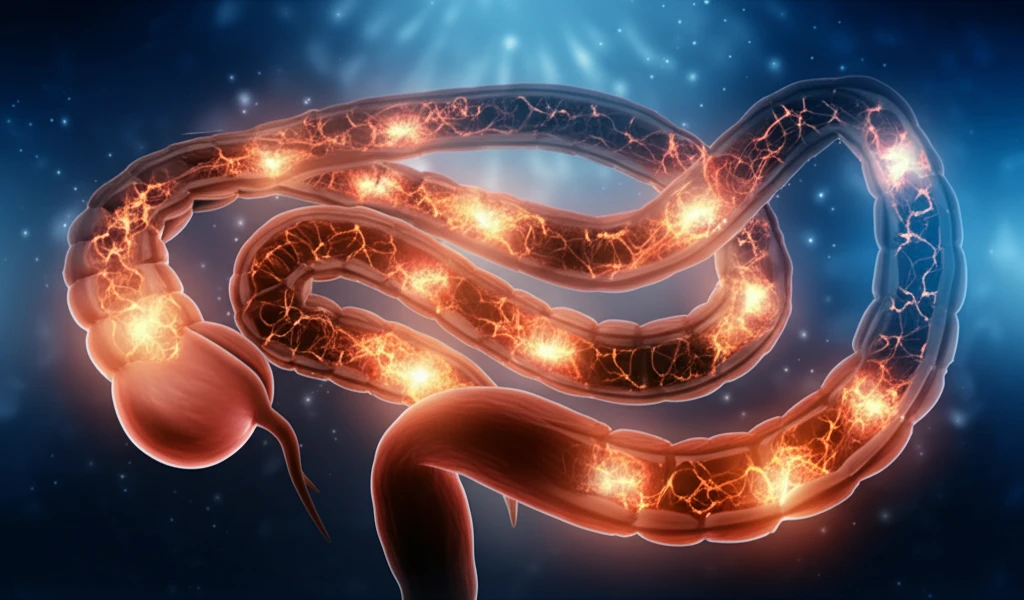
Crohn's Disease and Cancer: What You Need to Know About the Connection
"Understanding the increased risk of small bowel cancer in long-term Crohn's patients, spotting the signs, and navigating surveillance."
The small bowel, despite its length, is usually not a common site for cancer. However, people with Crohn's disease face a higher risk of developing small bowel adenocarcinoma, a type of cancer. Studies show a 6 to 320-fold increased risk compared to the general population, due to the chronic inflammation that characterizes Crohn's disease.
Crohn's disease, a chronic inflammatory bowel condition, can lead to dysplasia (abnormal cell growth) because of repeated inflammation and healing. This dysplasia can eventually turn into cancer. The symptoms of small bowel cancer can be vague and mimic a Crohn's flare-up, making diagnosis challenging.
It's crucial for Crohn's patients, especially those with long-standing disease that has been quiet, to be vigilant for any new or changing symptoms. While there are no standard cancer surveillance guidelines for Crohn's patients, being proactive and discussing concerns with your doctor can help ensure early detection and better outcomes.
Why Does Crohn's Increase Cancer Risk?

The increased risk of small bowel cancer in Crohn's disease is primarily linked to chronic inflammation. Imagine your digestive system constantly dealing with inflammation—this ongoing process can damage cells and make them more likely to become cancerous. This is why the risk increases with the duration of Crohn's disease.
- Chronic Inflammation: Persistent inflammation damages cells, increasing the likelihood of cancerous changes.
- Dysplasia: Repetitive cycles of inflammation and healing can cause abnormal cell growth (dysplasia).
- Location of Inflammation: The ileum, commonly affected by Crohn's, is a frequent site for cancer development in these patients.
Staying Informed and Proactive
Living with Crohn's disease requires ongoing attention and communication with your healthcare team. Being aware of the increased risk of small bowel cancer, recognizing potential symptoms, and discussing surveillance options are vital steps in protecting your health. If you experience new or worsening symptoms, don't hesitate to seek medical advice. Early detection is crucial for better outcomes, so stay informed, stay proactive, and prioritize your well-being.
